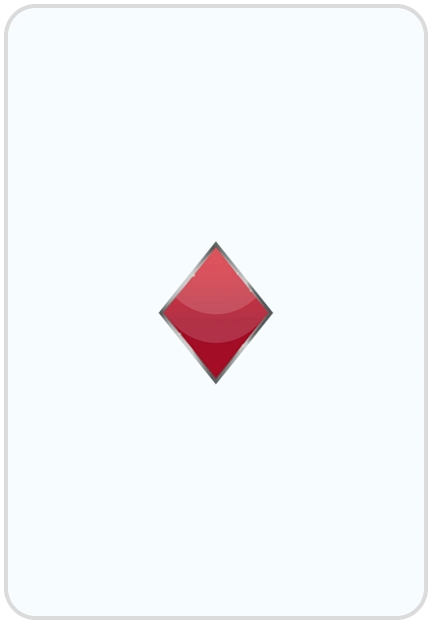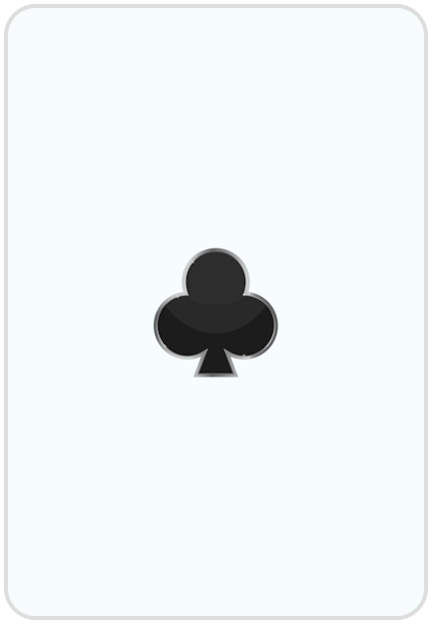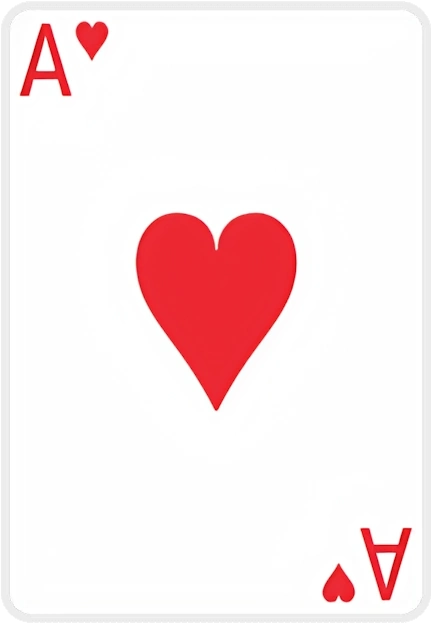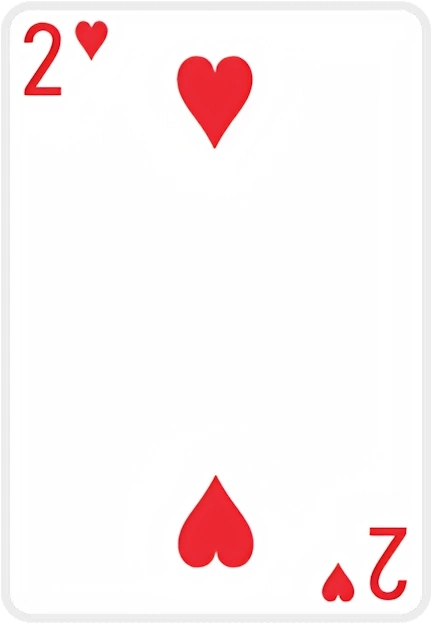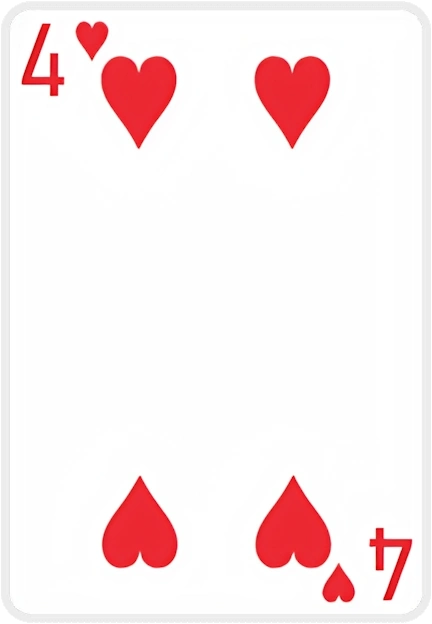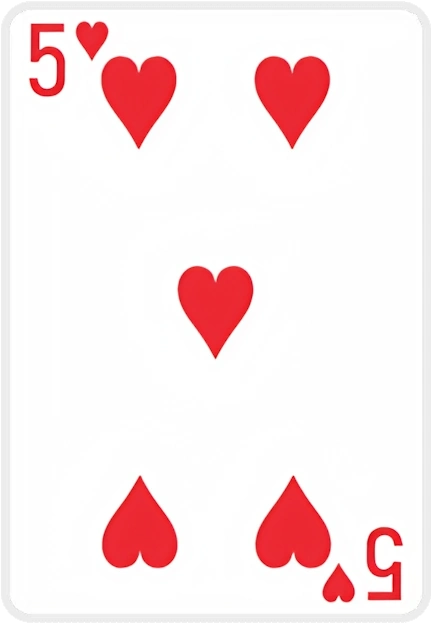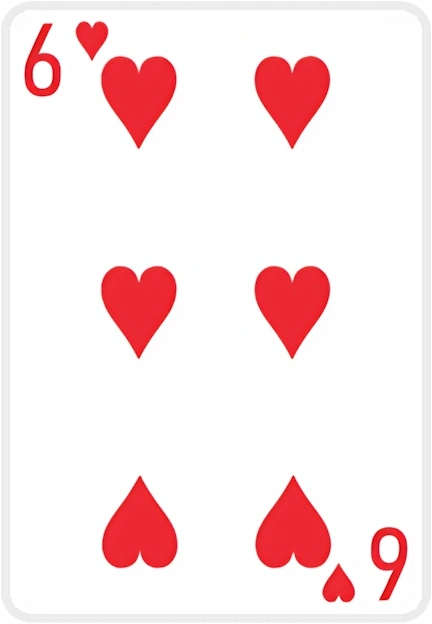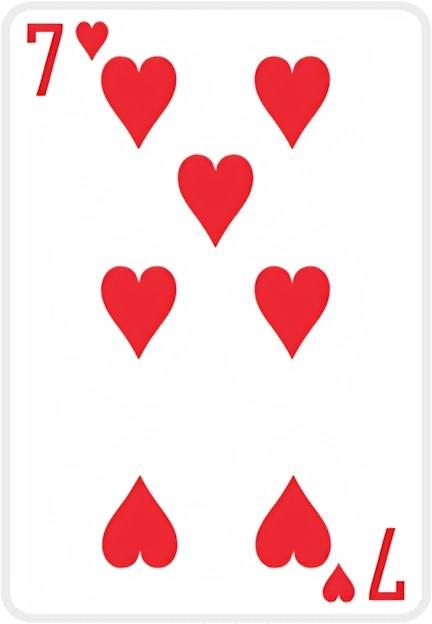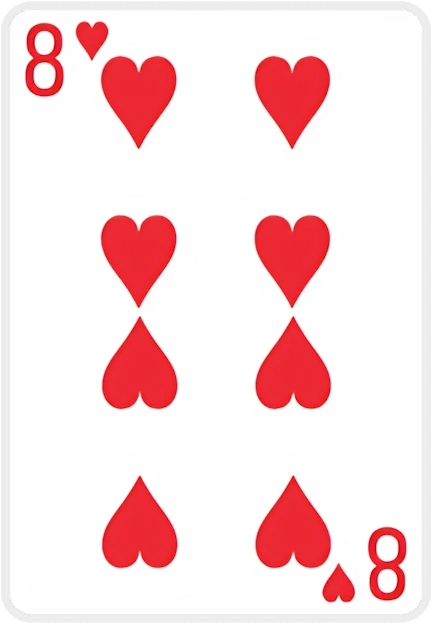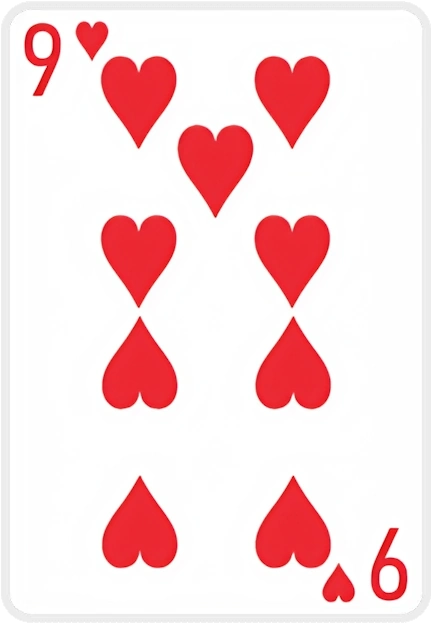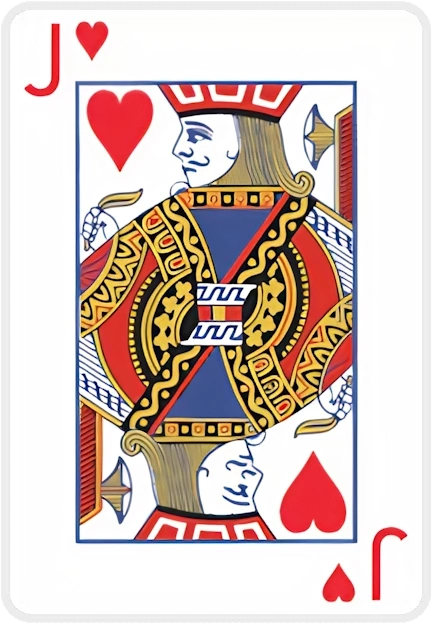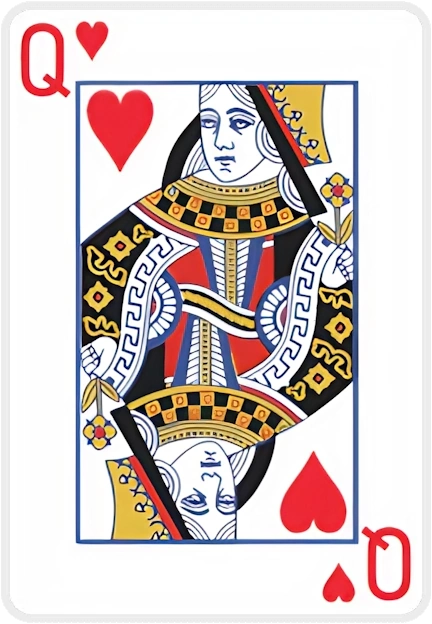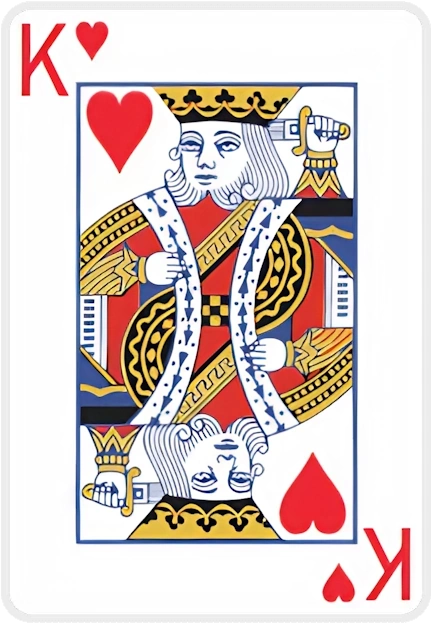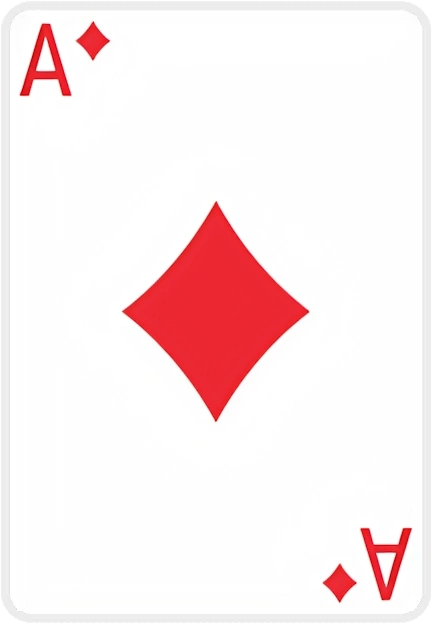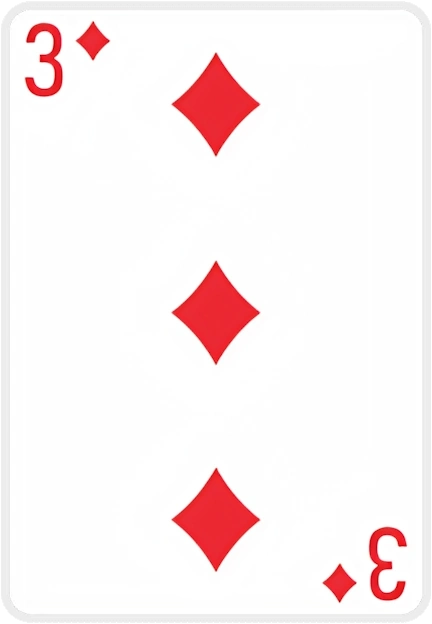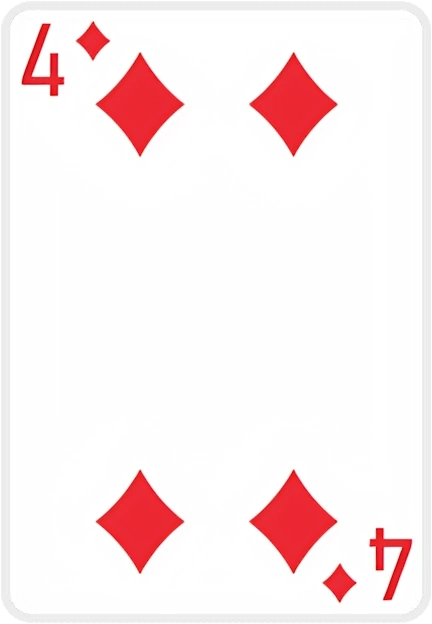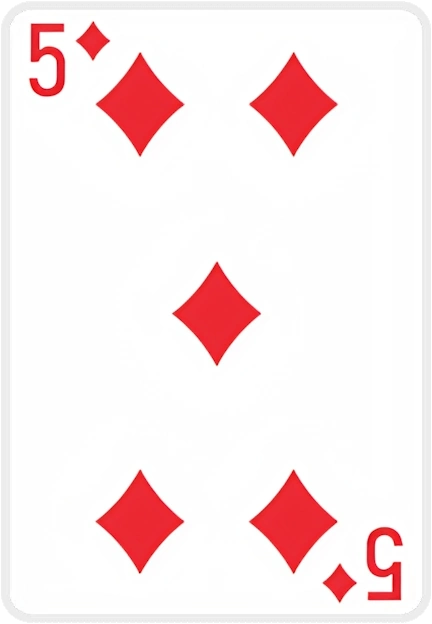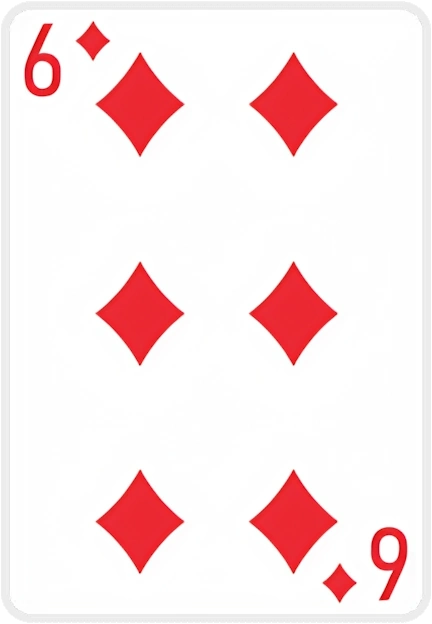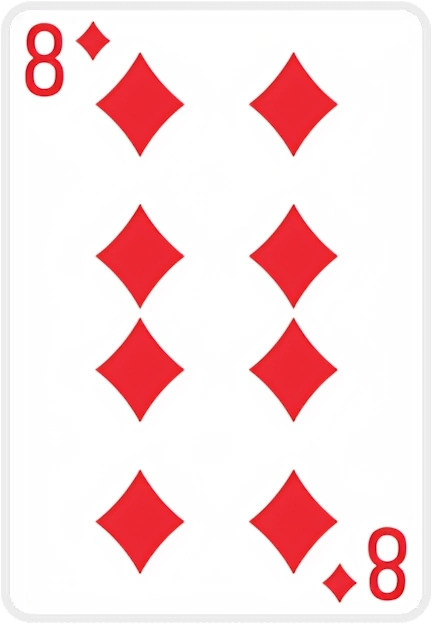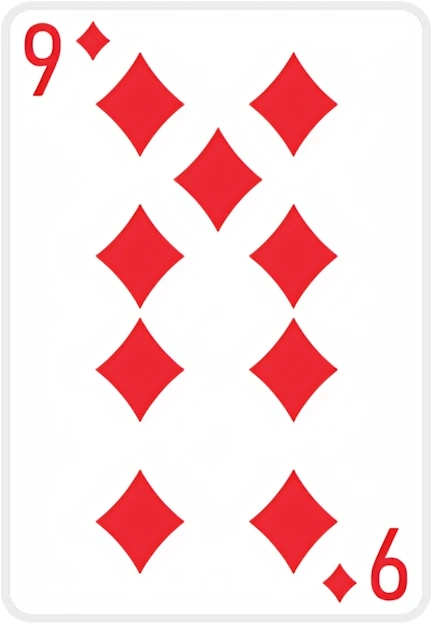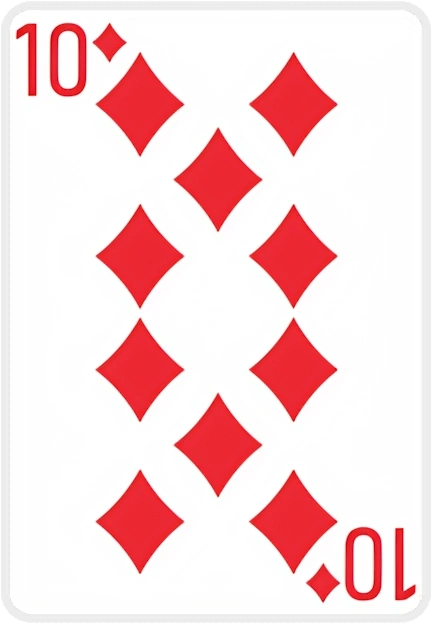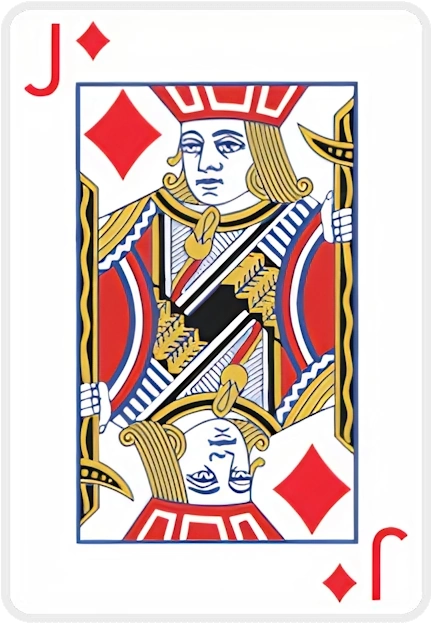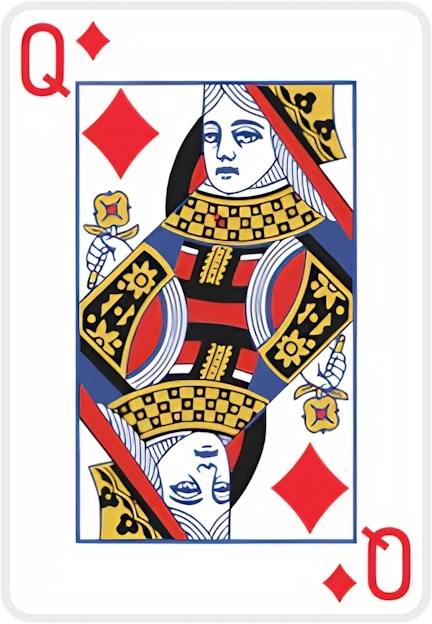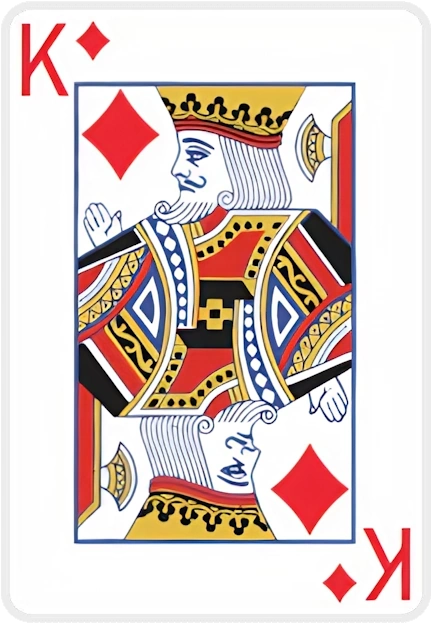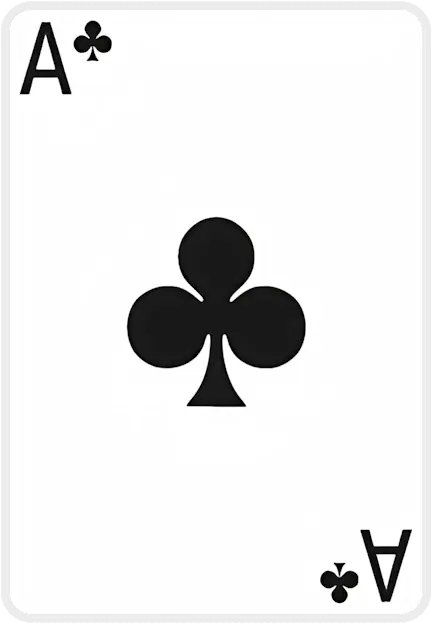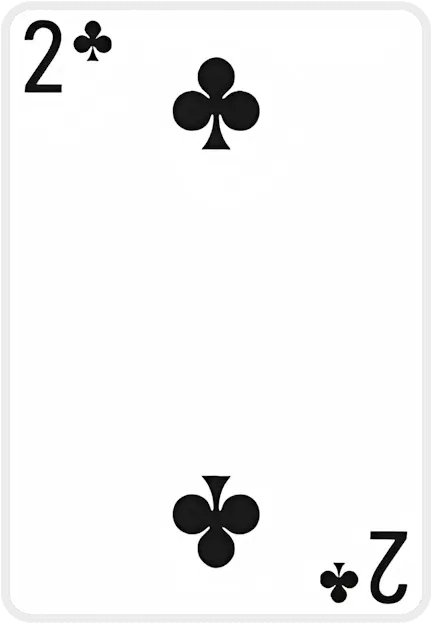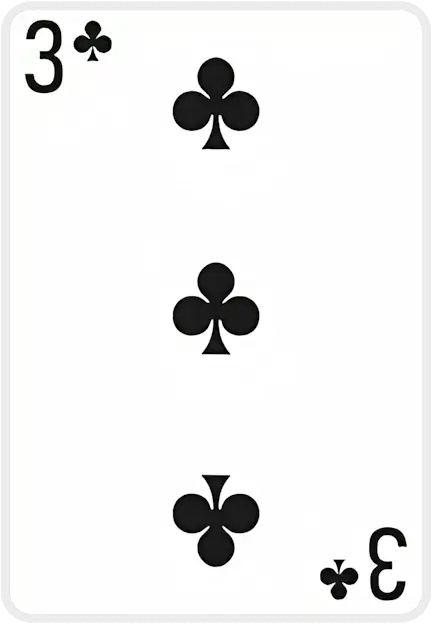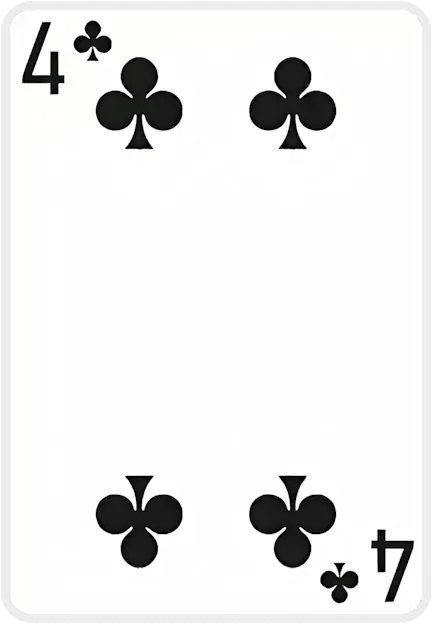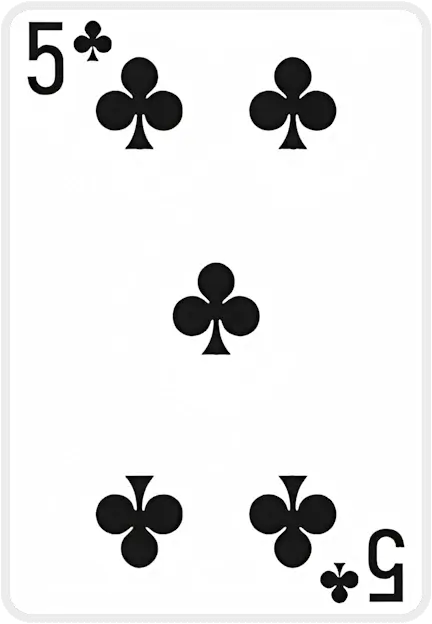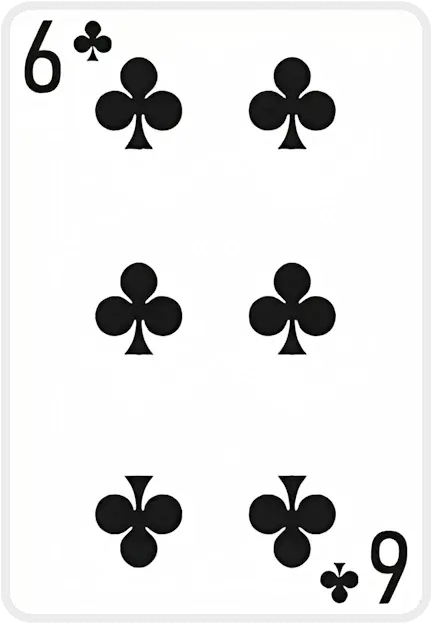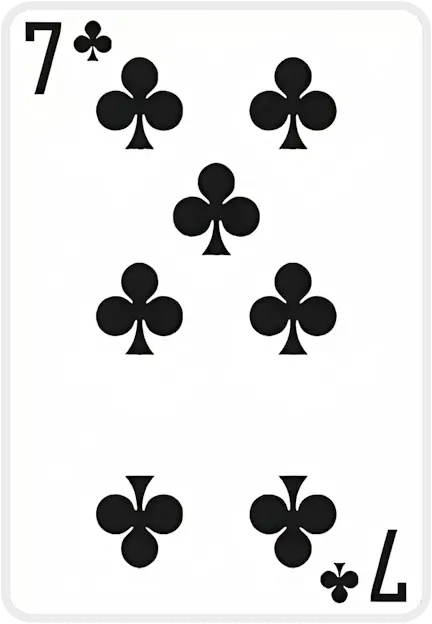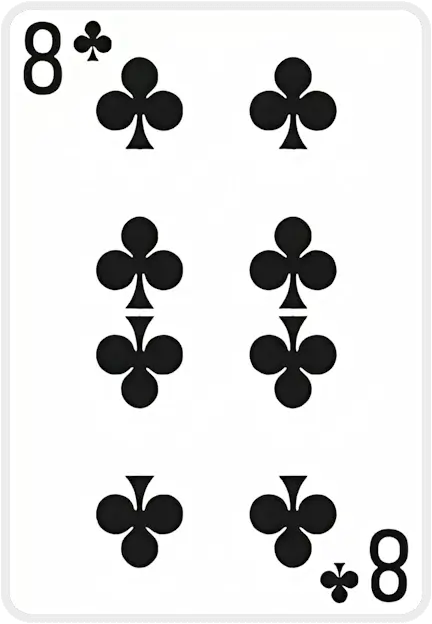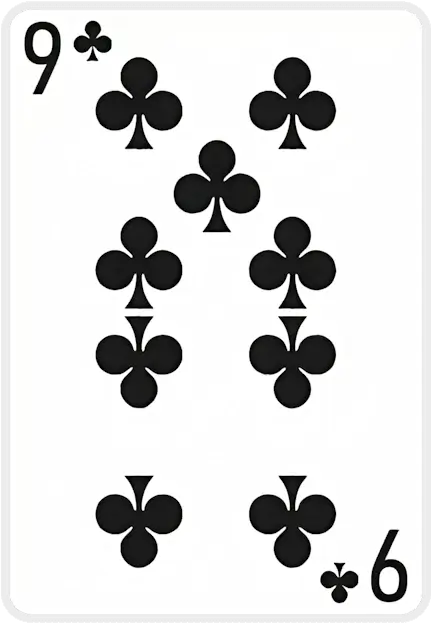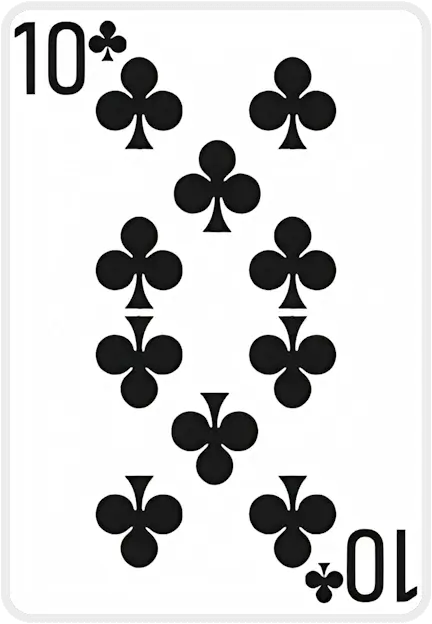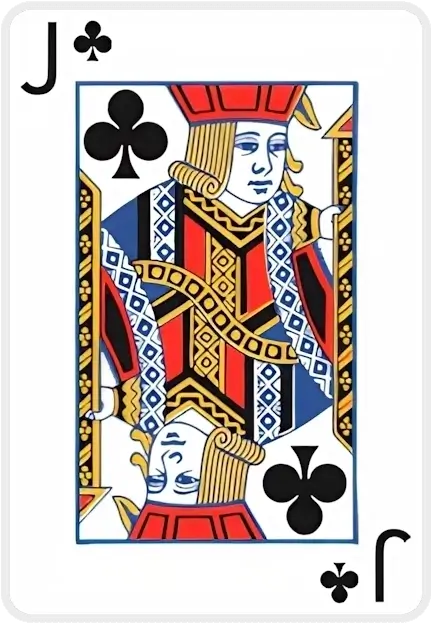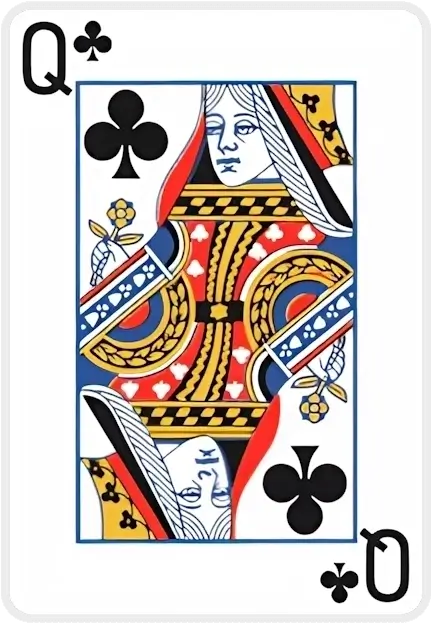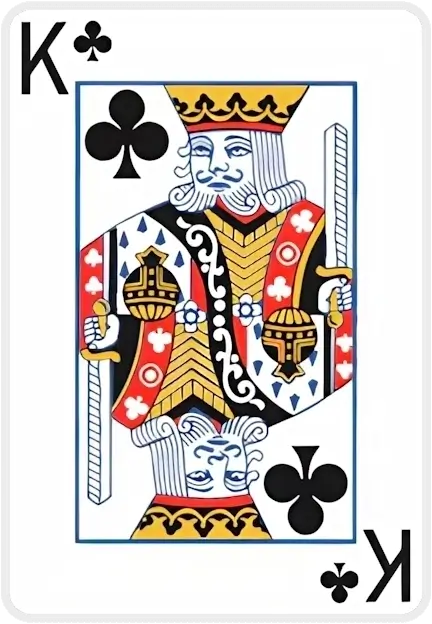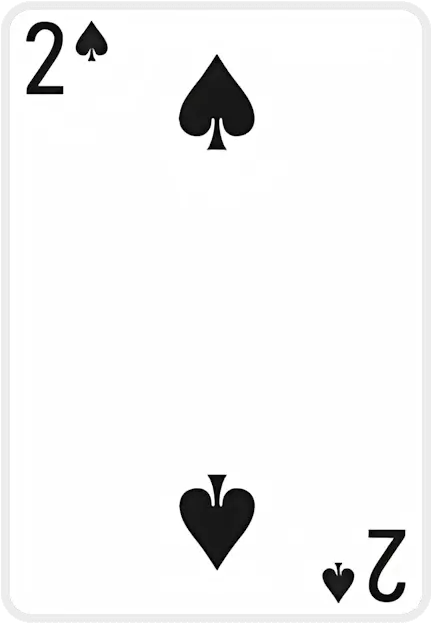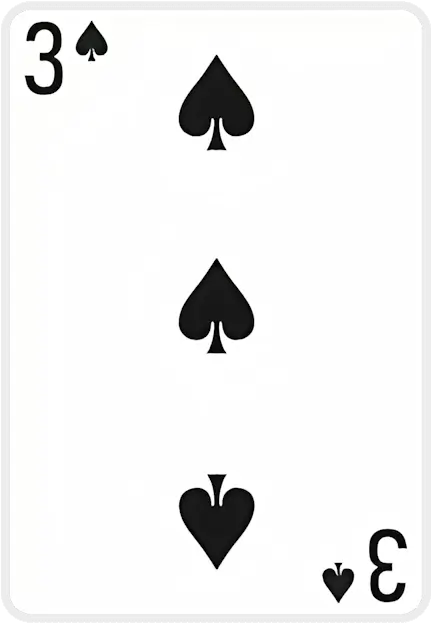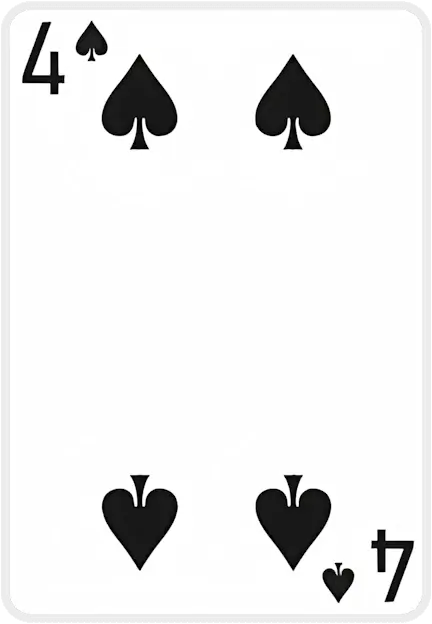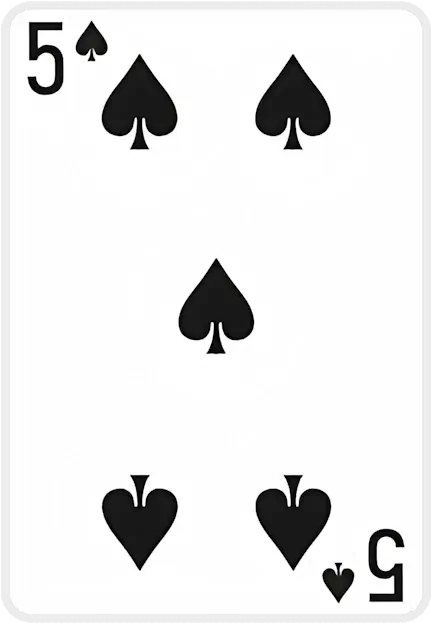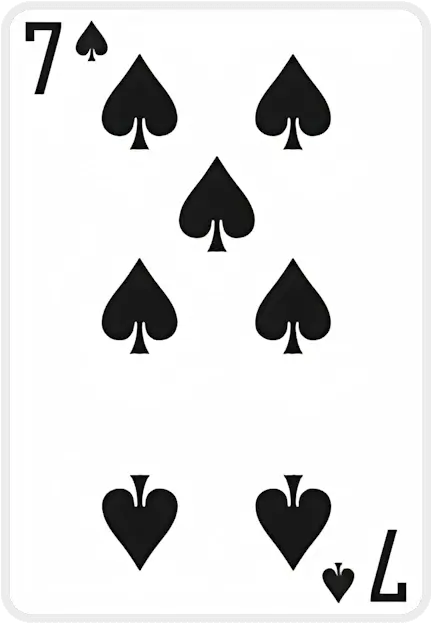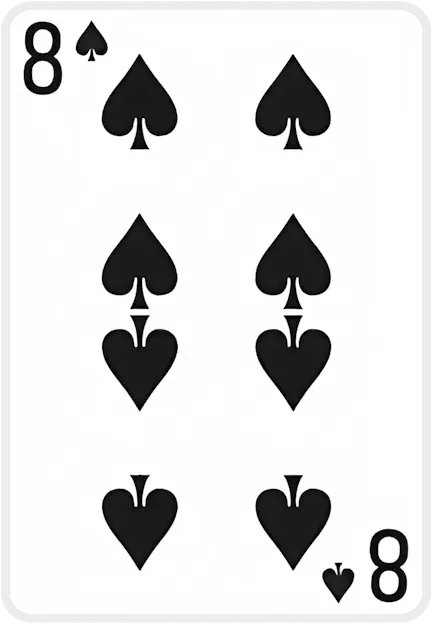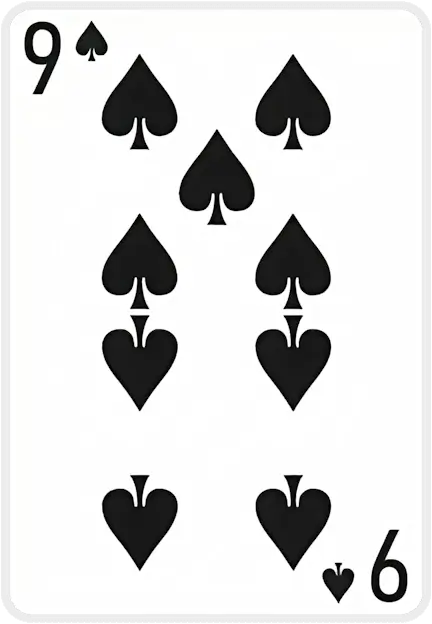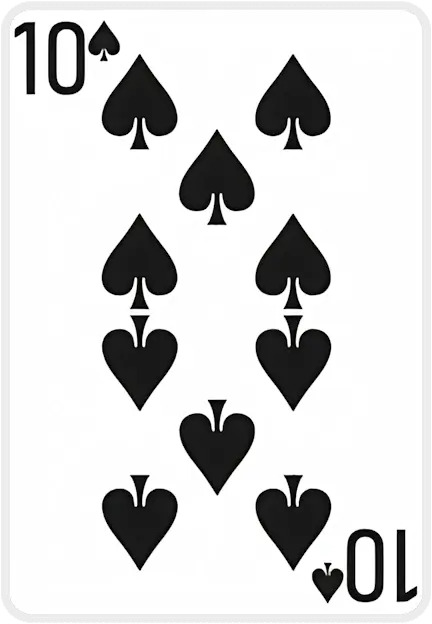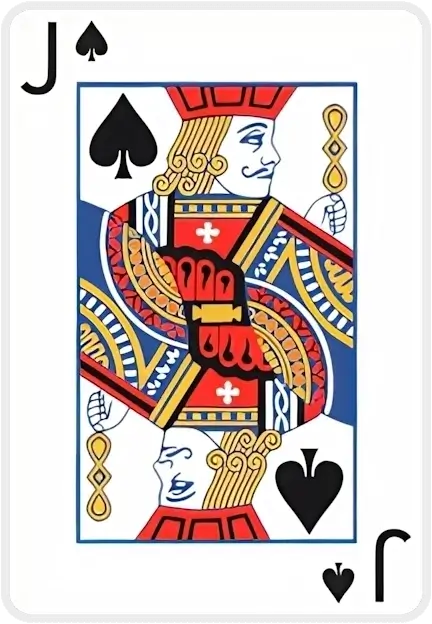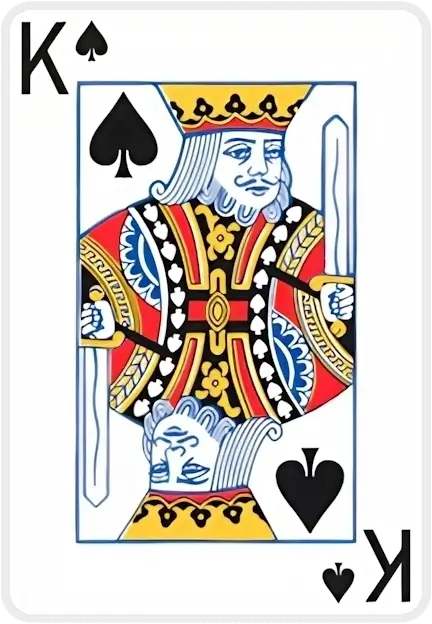Cannot drop, your card needs to be of an opposite suit colour
Cannot drop, your card needs to be one rank lower
Cannot move multiple cards to foundation
Card suit doesn't match foundation pile suit
Card can only be dropped on top of a card pile
Cannot deal cards when there are empty tableau piles
You can only move {0} card(s) at a time based on the current free cells and tableau
The cards don't add up to 13 and cannot be moved
The card is inaccessible and move cannot be performed
Cards must be in sequential order (one higher or lower)
Forty Thieves

Forty Thieves Solitaire 🃏
Introduction
Forty Thieves is a classic two-deck solitaire known for being both challenging and fun 😊. In this game, you use two standard 52-card decks (104 cards total) to build eight foundation piles, one for each suit, from Ace up to King. The name “Forty Thieves” comes from the initial deal of 40 cards to the tableau – picture them as forty little “thieves” trying to block you from victory. (Legend even ties the game to Napoleon Bonaparte in exile – more on that later!)
This game is famously tough – it’s no casual Klondike! Only a small fraction of games end in a win. But that’s what makes it addictive: careful strategy and a bit of luck are needed to beat the forty “thieves” 😅. Many players call it “Napoleon at St. Helena” or “Le Cadran” (a nod to its possible French roots). Whether you’re a solitaire pro or just getting started, Forty Thieves offers deep, easygoing fun. Grab a virtual snack, sit back, and enjoy the challenge 🏆🂡.
How to Play
Forty Thieves starts by dealing 40 cards face-up into a tableau of ten columns (each column has four cards). These are the 40 thieves lurking on the board. Above the tableau you leave room for eight foundation piles (two for each suit) – your goal is to fill all eight foundations from Ace through King. The remaining 64 cards form the stock pile on the side. In the layout above, you can see the ten columns of four cards each and the empty foundation spaces (often shown as blank spots). Think of it like building eight mini-stacks of cards: each suit needs its own stack from Ace up to King.
Once the cards are dealt, you play by moving cards one at a time to build sequences. Only the top card in each column is “uncovered” and available to play. You build downward by suit, meaning you can place a card onto another card that is one rank higher but the same suit (for example, the 7♥ can be placed on the 8♥). You cannot move a partial sequence – only the single top card moves at a time. If you empty a column, you may fill the empty space with any card. This gives you freedom to reorganize the tableau as you work to expose buried cards. The image above highlights these rules: build down by suit, move only one card, and you can put any card into an empty column.
When you have no more immediate moves on the tableau, draw from the stock pile. Flip the top card of the stock to the waste pile, and you may play that waste card to either a foundation or onto a tableau column as normal. You only go through the stock once (in the standard version), so use each draw carefully. Continue moving cards between columns and to the foundations, uncovering new cards as you go. The objective is to transfer all cards to the foundation piles: build each foundation up by suit from Ace to King. When all eight foundations are complete, you’ve beaten the forty thieves and won the game 🎉.
History of the Game
Forty Thieves has been around for a long time – it first appeared in print in the late 1800s. An English writer named Annie Henshaw mentioned the game around 1870, calling it a “most excellent game” and noting its charming link to Napoleon at St. Helena. A few years later, Lady Adelaide Cadogan (in her 1874 book) called the game Le Cadran, hinting at a French origin. In other words, the exact creator is unknown; it likely evolved in Europe and became popular enough to be included in many 19th-century solitaire collections.
The Napoleonic legend grew from these early mentions. It’s often said that Napoleon Bonaparte himself played this patience game during his exile on St. Helena. In reality, historians aren’t sure if the ex-Emperor ever played this particular solitaire or if the story just made a good tale. Solitaire expert David Parlett even suggests the Napoleon story may be overblown. Either way, the colorful lore stuck: people still affectionately call the game “Napoleon at St. Helena” and imagine Napoleon secretly beating the odds at cards.
By the 1920s and 1930s, Forty Thieves had crossed the Atlantic. American sources started calling it Big Forty or simply Forty Thieves, and in 1939 the whimsical name “Roosevelt at San Juan” appeared in print. The game’s core rules stayed mostly the same, so it continued to turn up in solitaire books around the world. Solitaire fans today enjoy it just like they did over a century ago. In fact, Forty Thieves has seen a renaissance online – many players have discovered it via websites and apps, giving this old classic a brand-new audience. It remains one of the most popular two-deck solitaires out there, a challenging but rewarding patience game.
Variations
There are several fun twists on the classic Forty Thieves rules. One popular variant is Diplomat: this game still uses two decks, but you start with eight tableau columns of four cards each (arranged in two blocks of four rows). The key difference is that in Diplomat you can build down regardless of suit rather than matching suits, so it’s a bit more forgiving. In other respects it plays like Forty Thieves (one card moves at a time, same foundation goal). You can try Diplomat yourself at solitairex here: solitairex.io/diplomat 🎩🃏.
Besides Diplomat, there are other Forty Thieves “cousins” out there. For example, games like Congress or Parliament are also two-deck solitaires in the same family (they use eight columns and have similar rules). Some variations deal the Aces up front, allow multiple moves, or change how the stock works. To explore all these variations, check out the Forty Thieves section on solitairex: solitairex.io/free-games/forty-thieves. There you’ll find Diplomat and many other Forty Thieves-style games with their own twists and themes 🎲✨. Whether you stick to the original or try a variant, the Forty Thieves family has plenty of strategic fun for any solitaire fan.
Sources: Based on historical card game references and expert solitaire guides.
Case Studies
All figures below come directly from our database. Using first-party data ensures every insight is evidence-based, up-to-date, and privacy-respectful.
| Game Tier | Stand-out Titles | Win Rate |
|---|---|---|
| Quick Wins | Spider (1 Suit), Hole-in-One, TriPeaks | 70–84% |
| Fair Challenges | Solitaire (Draw 1) – 913 k plays FreeCell, Golf |
45–63% |
| Expert-Level | Spider (4 Suits), Forty Thieves, Double Scorpion | ≤11% |
Curious which moves turn the odds in your favor? Explore all the data & strategies →
What people say about us
Interview with Beverley Walker-Daury
At 87, Beverley Walker-Daury shares how SolitaireX brings joy, companionship, and purpose to her days in a retirement home.
Player Interview: Poul Andersen
Poul Andersen shares how playing SolitaireX helps him keep his brain sharp and active.
Player Interview: Peter Gross
Peter Gross, 81, shares how SolitaireX became his go-to place for relaxing Freecell games and friendly competition.
Player Spotlight: St0Sh0’s Record-Breaking Runs on SolitaireX
We sit down with speed-solitaire sensation St0Sh0 to talk record times, favorite variants, and why SolitaireX is his go-to card-game hub.
Fresh from the SolitaireX Blog

Sharpen Your Mind (and Enjoy It): Solitaire, Sudoku & Mahjong for Everyday Brain Fitness
Short puzzle sessions with solitaire, sudoku, and mahjong can sharpen focus, support memory, and ease stress. These timeless games turn everyday breaks into light but powerful brain workouts.

Track Your Spider Solitaire Progress: Build Your Own Win-Rate System
This article is the final part of a Spider Solitaire mastery series, focusing on how to track your games and build a personal win-rate system. By logging key metrics, spotting patterns, and reflecting on notes, it shows how players can turn simple records into powerful insights that boost skill, confidence, and long-term enjoyment.

Spider Solitaire Strategy Deep Dive: From Mixed Runs to Clean Wins
This article is a deep-dive strategy guide for Spider Solitaire (Part 2) aimed at intermediate and advanced players. It builds on the basics from Part 1 and focuses on how to turn messy mid-game layouts into structured, winnable positions.

Solitaire Variations Glossary: Essential Terms by Gameplay Category
Explore the ultimate glossary of solitaire terms and concepts, explained in clear and simple language. From tableau, foundations, and free cells to popular solitaire variations like Klondike, Spider, FreeCell, Pyramid, and TriPeaks, this guide helps beginners and enthusiasts understand the rules, moves, and key strategies of solitaire.
Latest guides crafted by Stoyan Shopov and Kalin Nikolov
Golf Solitaire Mastery: Strategy, Stats & Flow
Deal 7 columns of 5 face‑up cards (35 total). The remaining 17 cards*form the stock; flip the first stock card to start the waste. You may move only exposed tableau cards, and only if the rank is exactly one higher or lower than the waste top. Suits don’t matter. When no move exists, flip a new waste card. Clear all tableau cards to win.
TriPeaks Solitaire Mastery: Strategy & Analytics
Two peaks are dust; one stubborn ridge remains. Your waste shows a 9. The tableau flashes 10‑J‑10‑9‑8 like a heartbeat. You nudge the 10, feel the cadence lock in, and—without overthinking—trace a neat descent that crumbles the last peak. That tiny spark of *flow* is why TriPeaks hooks serious players: rhythm, restraint, and the rush of a run that arrives exactly on time.
Pyramid Solitaire Mastery: Strategy, Stats & Joy
Picture the pyramid down to its last stubborn tier: a Queen pinned beneath a ridge, a lone Ace on the waste, and a King begging to be burned for tempo. Heartbeat, breath, click—then the whole structure yields in a rush. If you’ve hit that razor‑edge finale, you already know Pyramid’s secret: small decisions, made in the right order, change everything.
FreeCell Solitaire Mastery: Strategy & Analytics Guide
I have a 15 years personal, lived experience—picture a scene built from thousands of session logs and notes from serious players: It’s late, and the board looks jammed. You clear a single column, free one cell, and suddenly a 9♣‑8♦‑7♣‑6♦ chain glides into place, untying the knot you stared at for ten minutes. The rush isn’t luck—it’s the quiet pleasure of a plan snapping into focus. When did FreeCell last feel less like “killing time” and more like practicing a craft you can actually master?
Media About Us
Research: What Tech Do Senior Solitaire Players Use? A Data‑Rich Look
hashnode.dev
How SolitaireX.io Powers Seeded Deals and Replays Across 70 Solitaire Variations
dev.to

How: Modern Libraries with Classic Games
Browser Based Online Game Directory

SolitaireX.io has been featured on bbogd.com, where players worldwide find Browser Based Online Games
398784815786779



